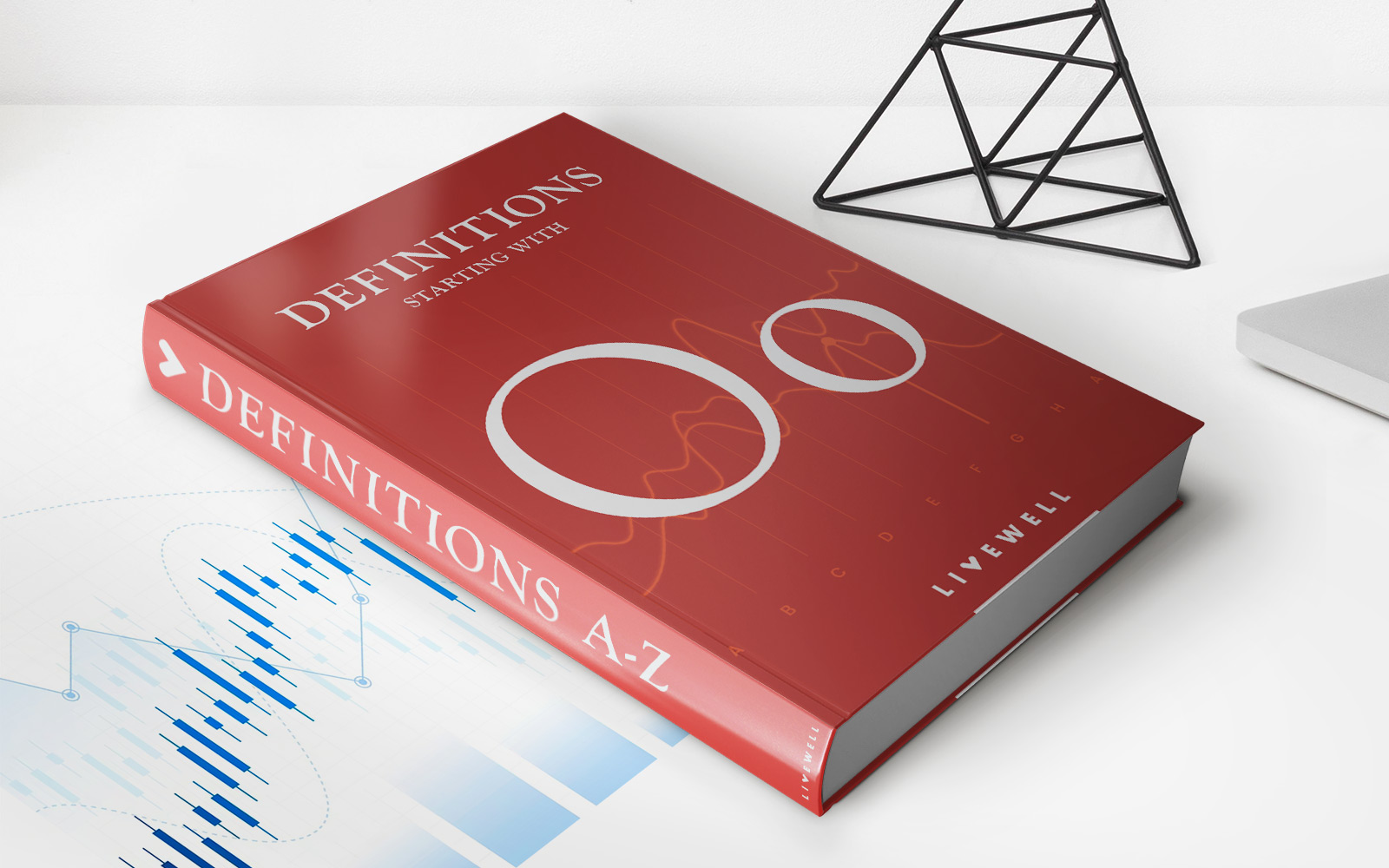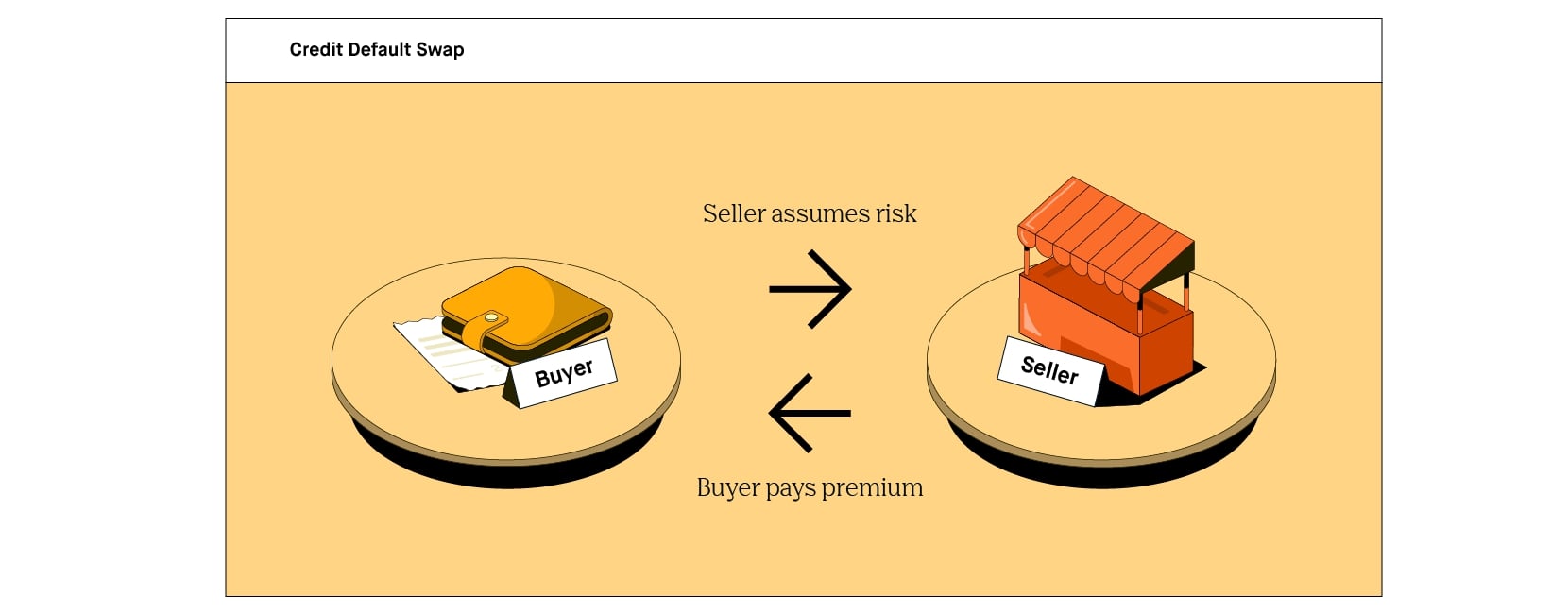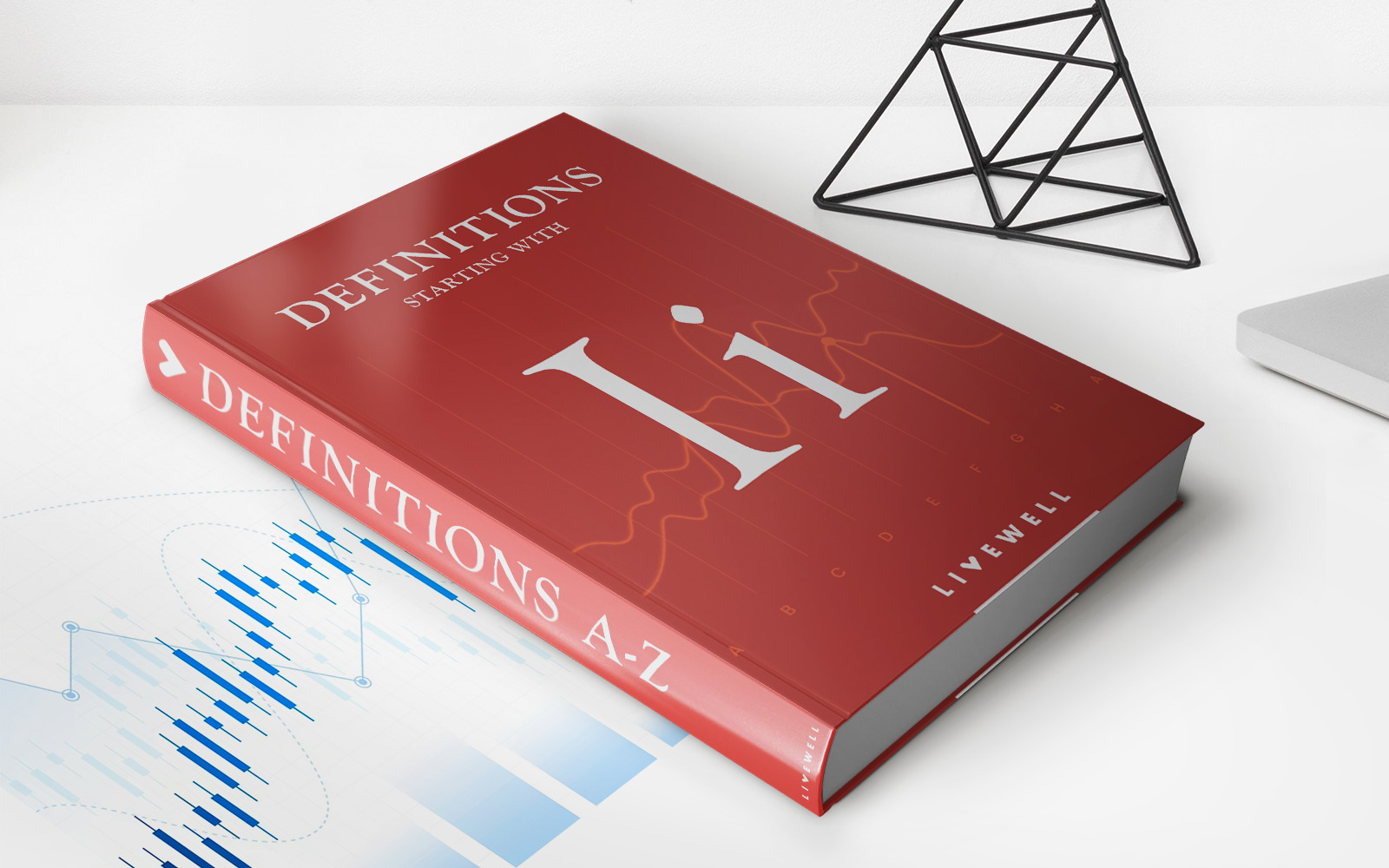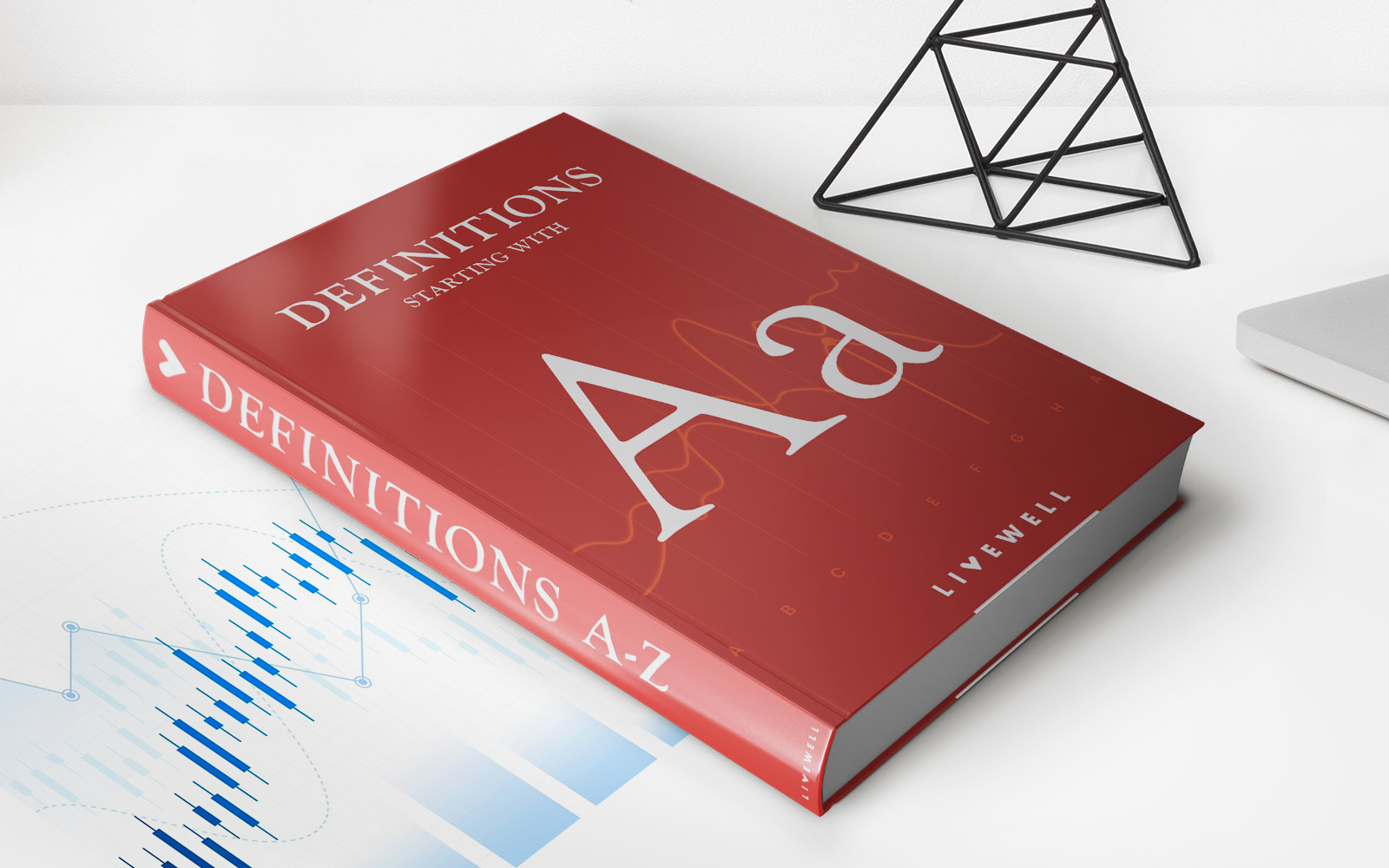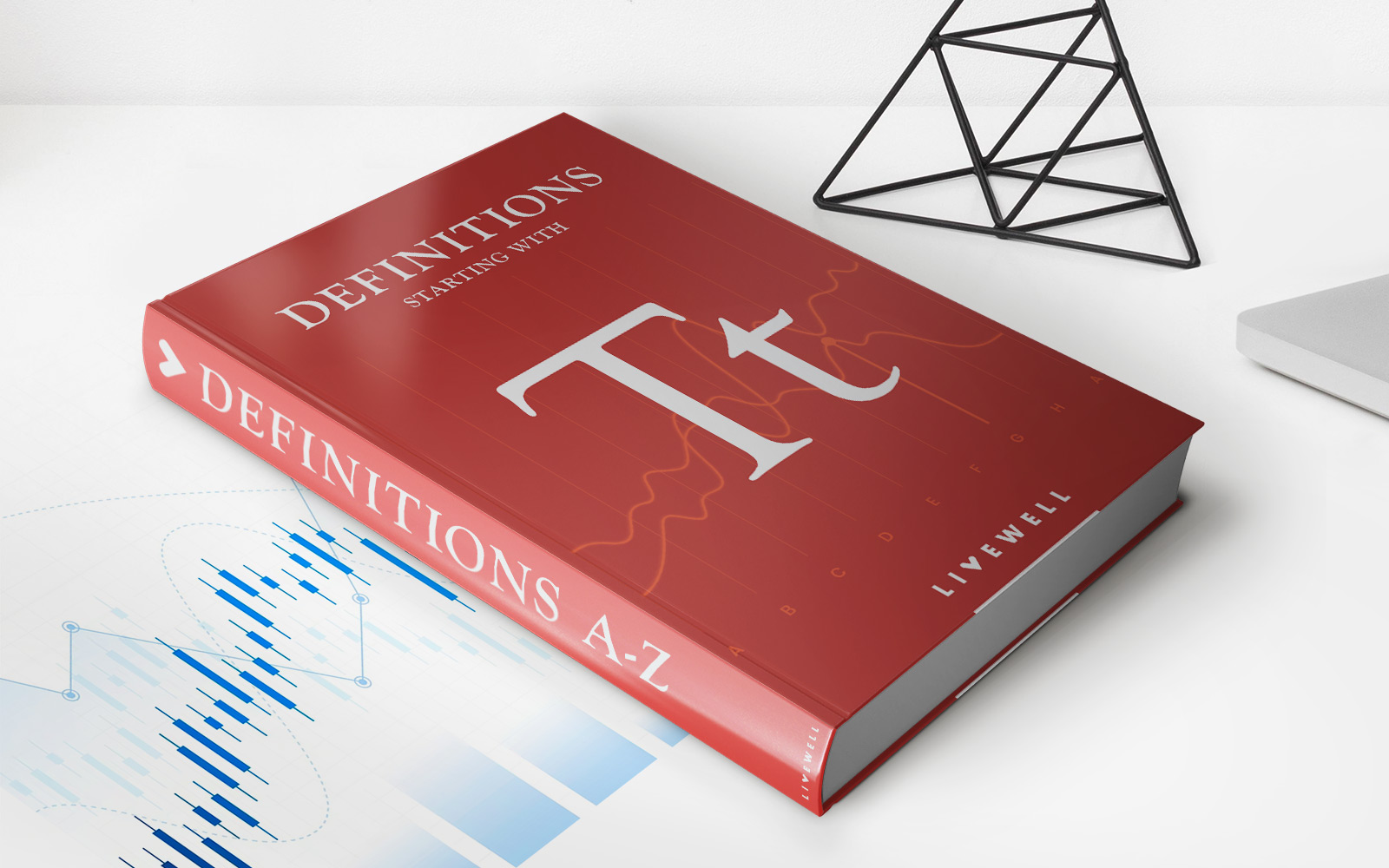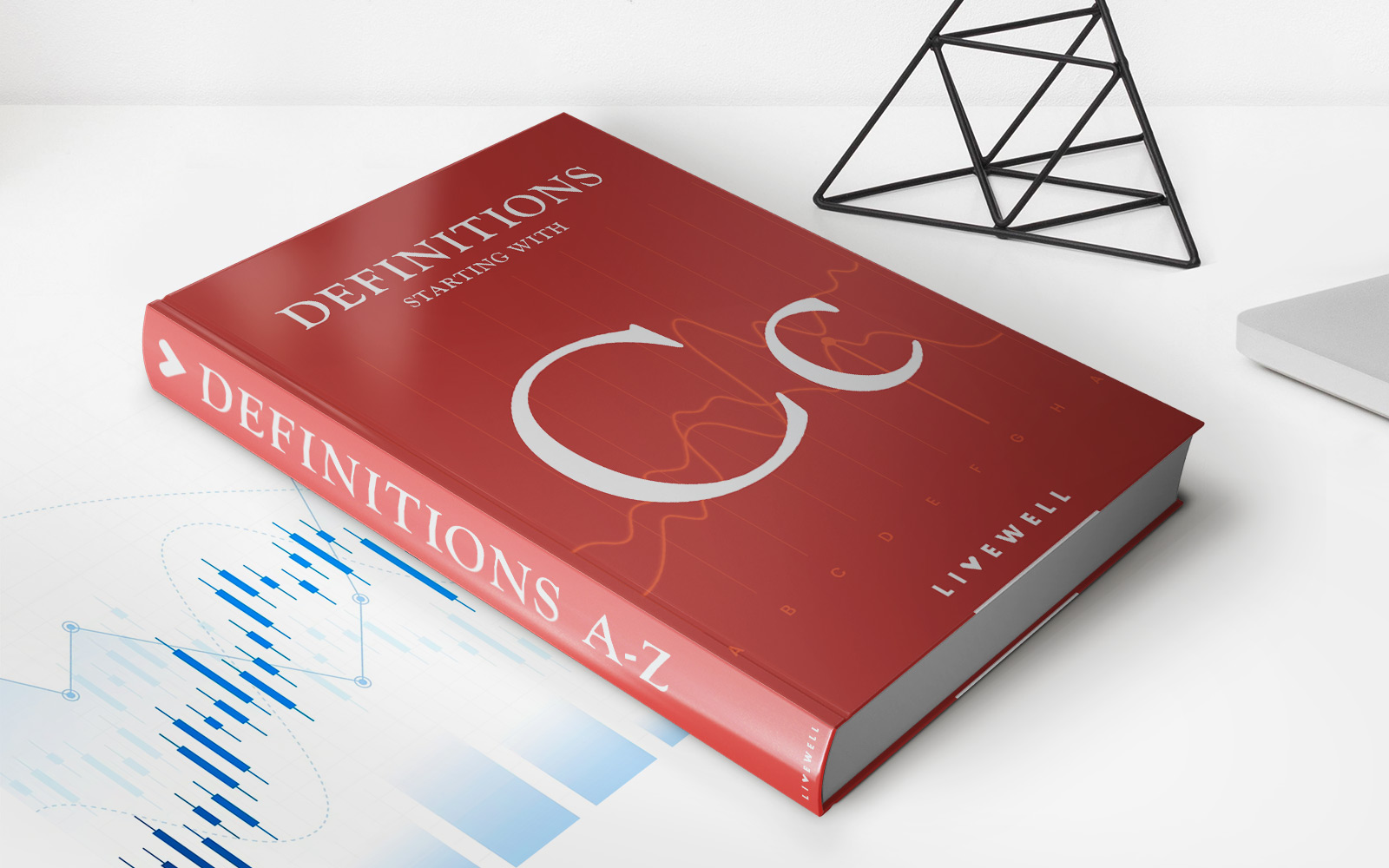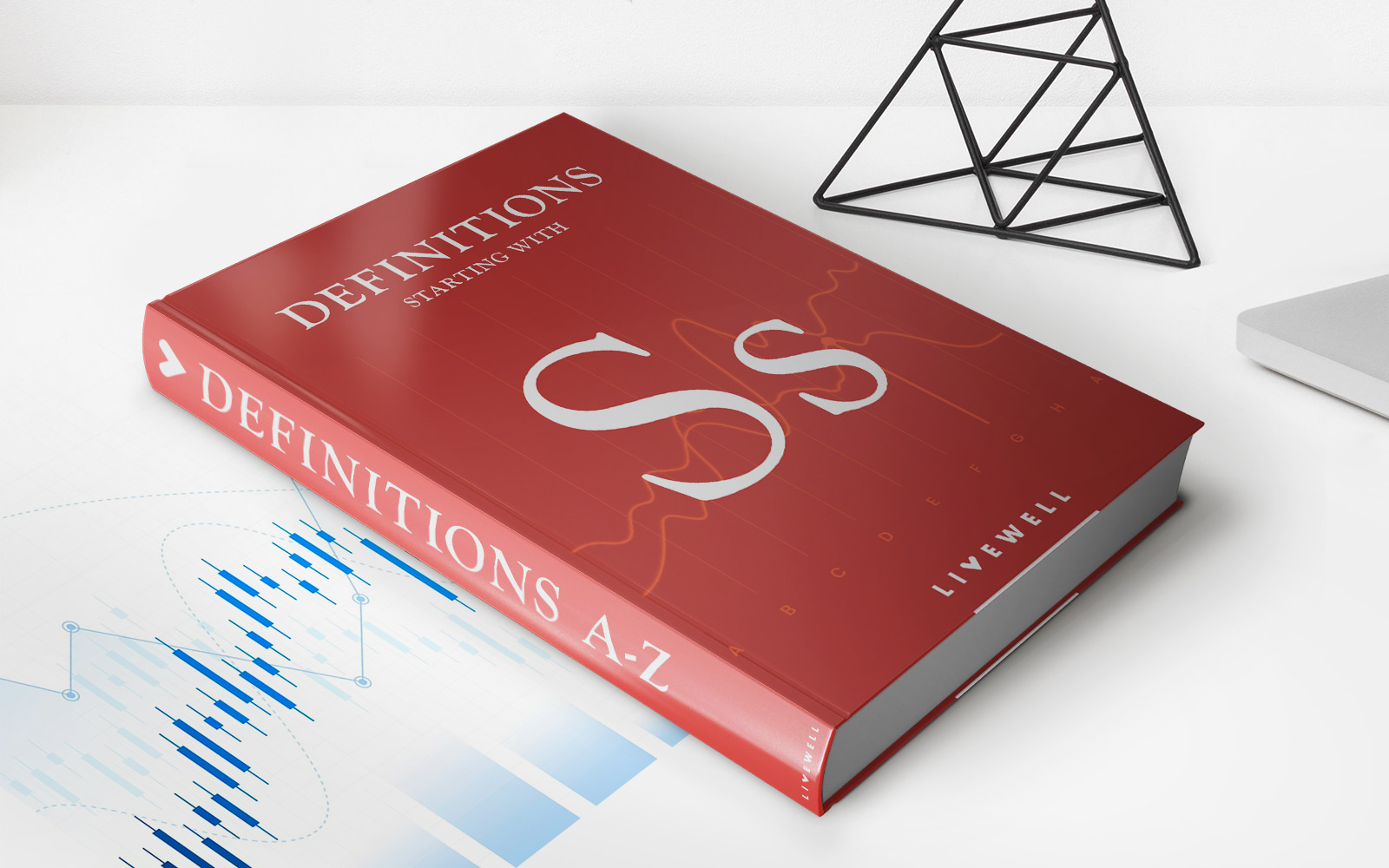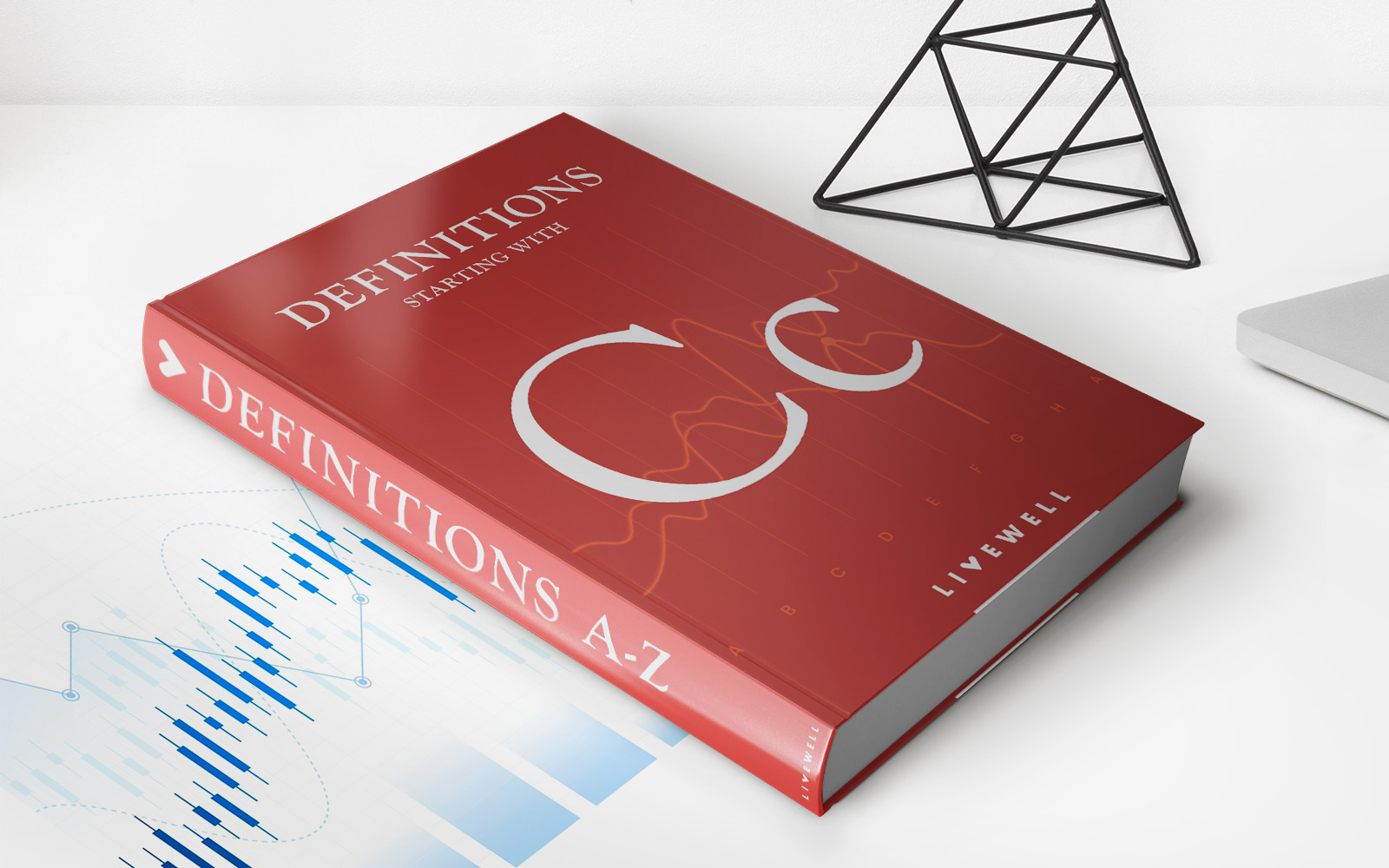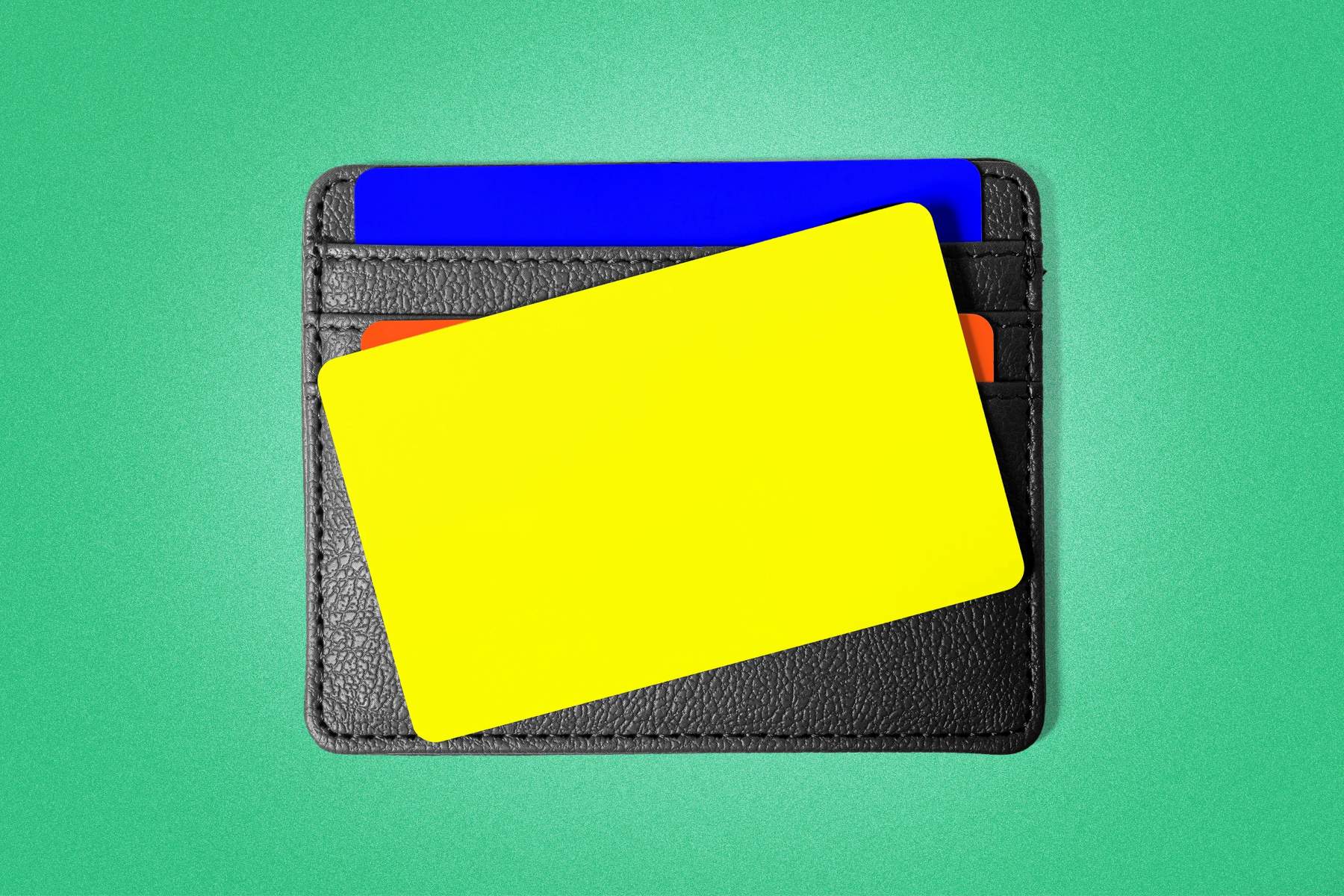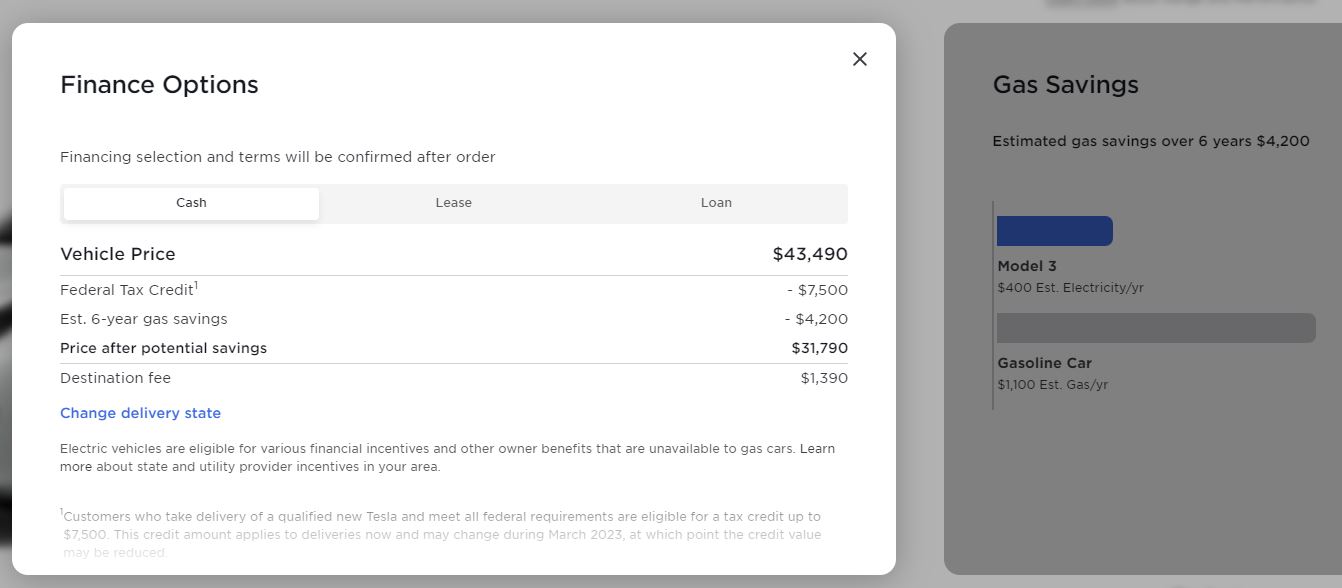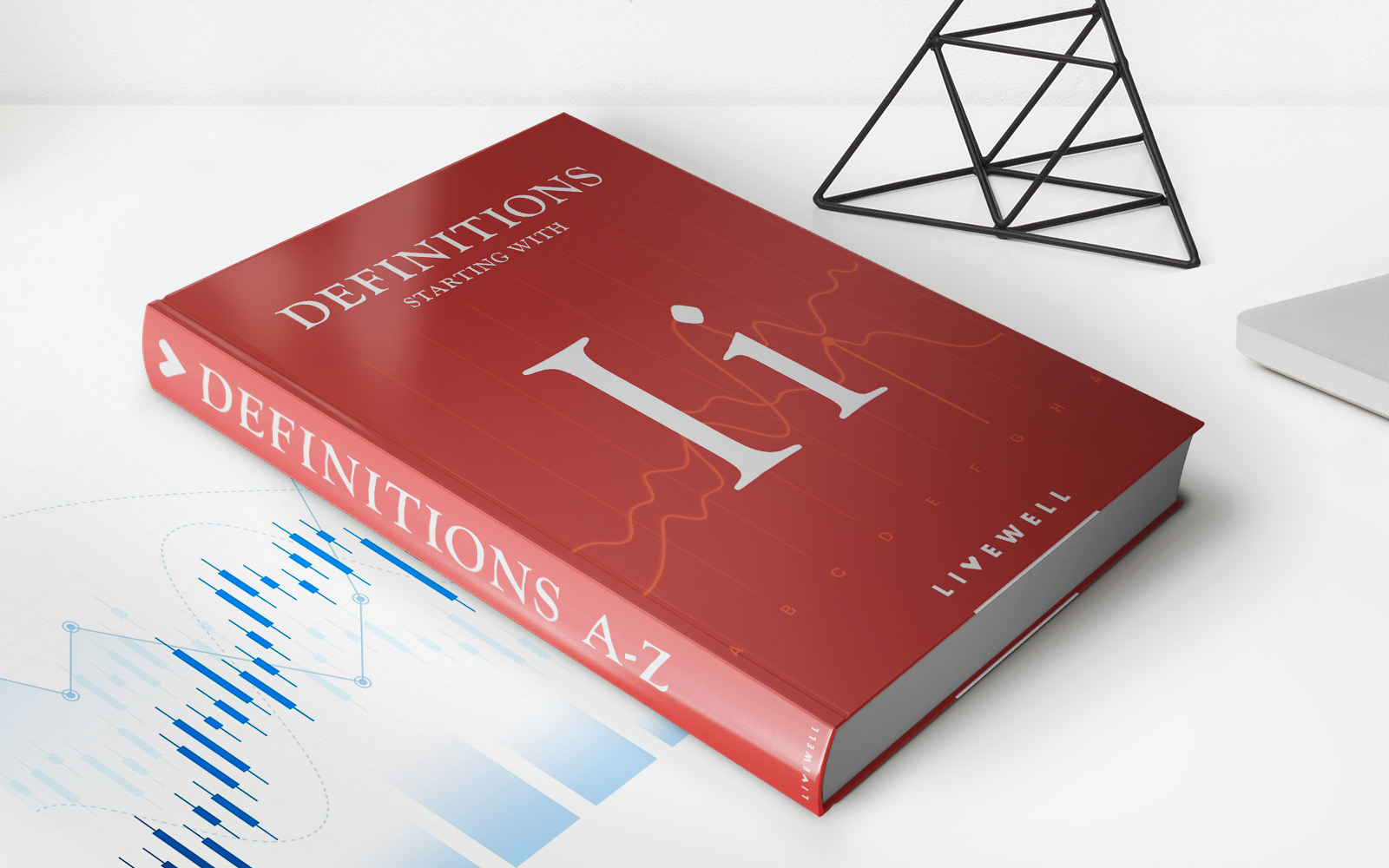Home>Finance>What Is The Default Rate? Definition, How It Works, And Criteria


Finance
What Is The Default Rate? Definition, How It Works, And Criteria
Published: November 9, 2023
Learn the definition and criteria of default rate in finance. Understand how it works and its significance in financial analysis.
(Many of the links in this article redirect to a specific reviewed product. Your purchase of these products through affiliate links helps to generate commission for LiveWell, at no extra cost. Learn more)
Understanding the Default Rate: Definition, How It Works, and Criteria
Have you ever wondered what the term “default rate” means in the financial world? If you’re unfamiliar with this term, don’t worry – we’ve got you covered. In this article, we will explore the concept of the default rate, how it works, and the criteria that determine it. So, let’s dive in and demystify this important financial metric!
Key Takeaways
- The default rate refers to the percentage of loans or debts that are not repaid by borrowers.
- This metric is often used by lenders, investors, and credit agencies to assess credit risk.
Definition of Default Rate
The default rate is a measure of the number or percentage of loans or debts that are not repaid by the borrowers within a specified period of time. It is primarily used by lenders, investors, and credit agencies to assess the credit risk associated with a particular portfolio or investment.
When a borrower fails to make payments on their loan or debt, they are said to be in default. This can happen due to various reasons, including financial difficulties, job loss, or simply lack of responsibility. The default rate indicates the likelihood of borrowers defaulting on their obligations, providing a valuable insight into the financial health of individuals, businesses, or even entire industries.
How Does the Default Rate Work?
The default rate is calculated by dividing the number of loans or debts that have gone into default by the total number of loans or debts in a given portfolio or population. The resulting percentage provides a clear indication of the credit risk associated with that particular group of loans or debts.
For example, let’s say a bank has issued 1,000 loans, and out of those, 100 loans have gone into default. The default rate in this case would be 10%. This means that the bank can expect 10% of its loans to default.
Criteria for Determining Default
There are certain criteria that lenders and credit agencies use to determine whether a loan or debt is in default. These criteria may vary depending on the type of loan or debt, but some common indicators of default include:
- Missed payments: When a borrower fails to make the required payments on time or does not make them at all, it is a strong indication of default.
- Legal action: If a lender takes legal action against a borrower to recover the amount owed, it suggests that the loan is in default.
- Bankruptcy: When a borrower declares bankruptcy, it is a clear sign that they are unable to repay their debts, resulting in default.
- Write-offs: In some cases, lenders may decide to write off a loan or debt if they believe it is unlikely to be repaid. This is another indicator of default.
These criteria help lenders and credit agencies assess the creditworthiness of borrowers and determine the level of risk associated with a particular loan or debt. By knowing the default rate, lenders can make more informed lending decisions and investors can evaluate the risk-return tradeoff of potential investments.
In conclusion, the default rate is a vital metric used in the financial industry to measure credit risk. By understanding this rate, lenders, investors, and credit agencies can make better-informed financial decisions. So, the next time you come across the term “default rate,” you’ll have a solid understanding of its definition, how it works, and the criteria used to determine it.
